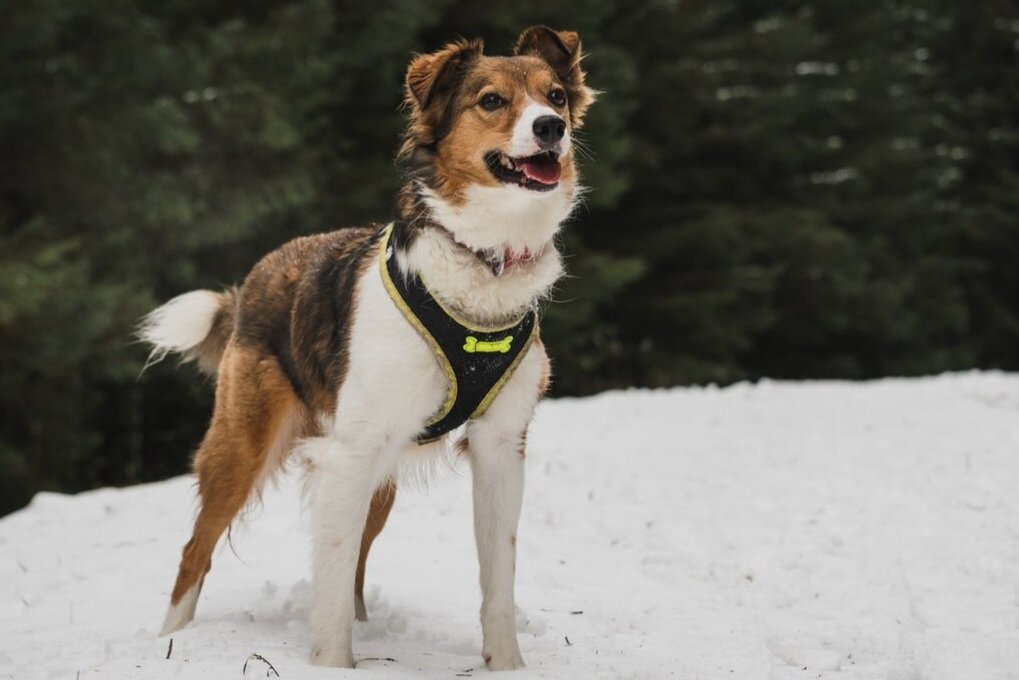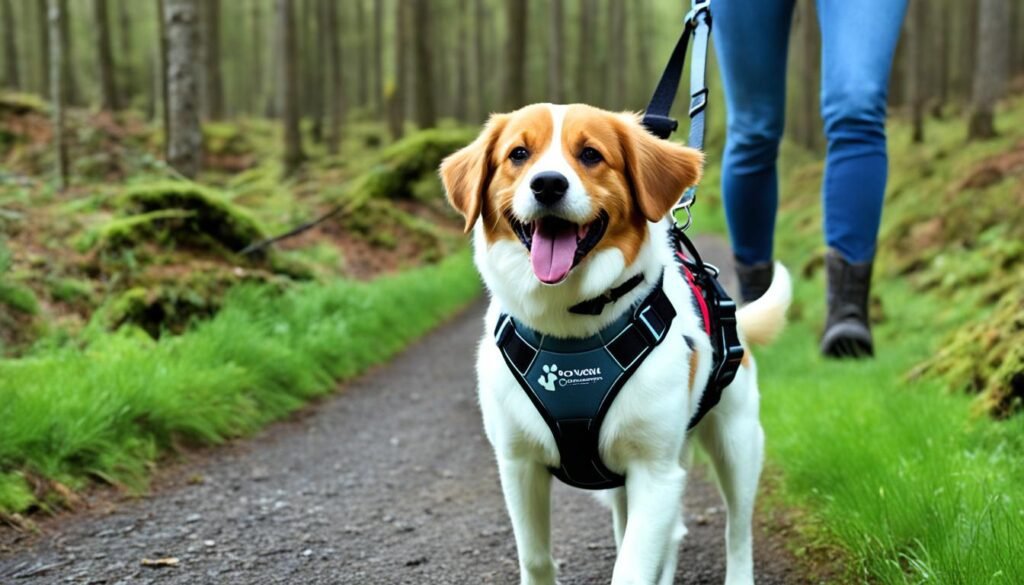
How to Measure Dog Chest for Harness: A Terrific, Must-Read Guide?
Share
When it comes to ensuring your loyal canine companion is not just stylish, but also safe and comfortable, investing in a dog harness is vital. Understanding how to measure dog chest for harness correctly is essential for health-conscious pet owners looking to provide the best for their furry friends. The proper fit prevents any discomfort or potential injuries while ensuring that your dog can enjoy walks and outdoor adventures.
Before diving into the methods and tools needed, lets address why knowing how to measure your dog's chest is crucial. An ill-fitted harness can lead to chafing, escape attempts, or even harm your dog in case of sudden pulls. Conversely, a well-fitting harness distributes pressure evenly across the dog's body, promoting both security and comfort. This guide will walk you through every step you need to take to measure your dog's chest accurately.

Understanding Harness Types
Before embarking on the measuring journey, familiarize yourself with the different types of dog harnesses available. There are various options out there, and knowing the differences can help you decide which is best for your dogs needs:
- Back-Clip Harness: Ideal for well-behaved dogs that do not pull.
- Front-Clip Harness: Perfect for more energetic dogs as it discourages pulling.
- Step-In Harness: Simple design thats easy to put on for both you and your dog.
- No-Pull Harness: Designed to prevent pulling during walks, providing better control.
For more information on how various harness types might suit your pet's personality, check out this informative guide.

Essential Tools for Measuring
To measure your dogs chest, you will need the following:
- Flexible Measuring Tape: Keep one handy, typically used in sewing.
- Notebook and Pen: To jot down measurements.
- Assistance: Having another person can simplify the measuring process and keep your dog calm.

Steps to Measure Dog Chest for Harness
Once you have gathered your tools, its time to measure!
- Calm Your Dog: Start by ensuring your dog is calm. Encourage them to sit.
- Position the Tape: Wrap the flexible tape around the widest part of your dogs chest, generally just behind the front legs.
- Record the Measurement: Make sure the tape is snug but not too tight. Note the measurement.
- Repeat: For accuracy, repeat the measurement a couple of times.
Once done, youll have the necessary measurement to make an informed choice about which harness will be best suited for your dog.

What to Do With the Measurements
After measuring the chest, the next step is determining which harness size fits. Most brands provide a sizing chart detailing the neck and chest measurements correlated with size categories. Be sure to consult this chart when selecting a harness to ensure a proper fit.
For further guidance, you can read about how a harness should fit your dog specifically.
Common Mistakes to Avoid
When measuring or selecting a harness, avoid these common pitfalls:
- Not accounting for the dogs weight: Some dogs can fluctuate weight, and its essential to account for this.
- Ignoring the materials: Consider the material of both the measuring tape and harness for comfort and durability.
- Failing to adjust: Make sure the harness is adjustable. A snug fit is key!
If you want to dive deeper into care tips and make your own harness, feel free to check out this DIY dog harness guide.
Frequently Asked Questions
- How tight should the harness be?
- The harness should fit snugly but allow you to fit two fingers between the harness and your dogs body.
- Can I use a collar instead of a harness?
- Yes, but a harness is generally safer and more comfortable as it distributes pressure over a larger area.
- What if my dog doesnt like wearing a harness?
- Take time to acclimate your dog to the harness by letting them wear it for short periods inside before heading outdoors.
If you're looking for additional information on putting on a harness correctly, consider this quick reference.
As an Amazon Associate, I earn from qualifying purchases.
